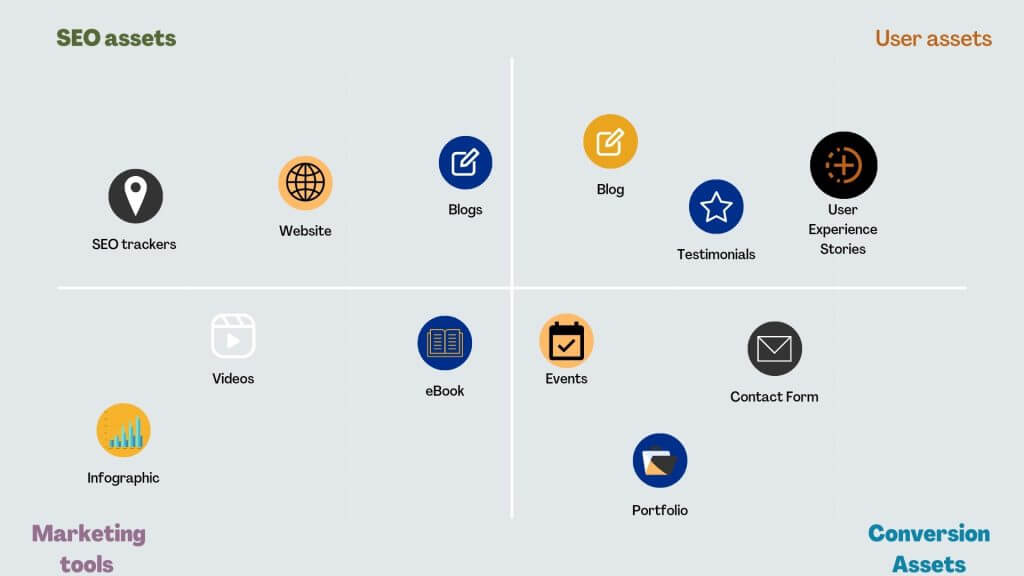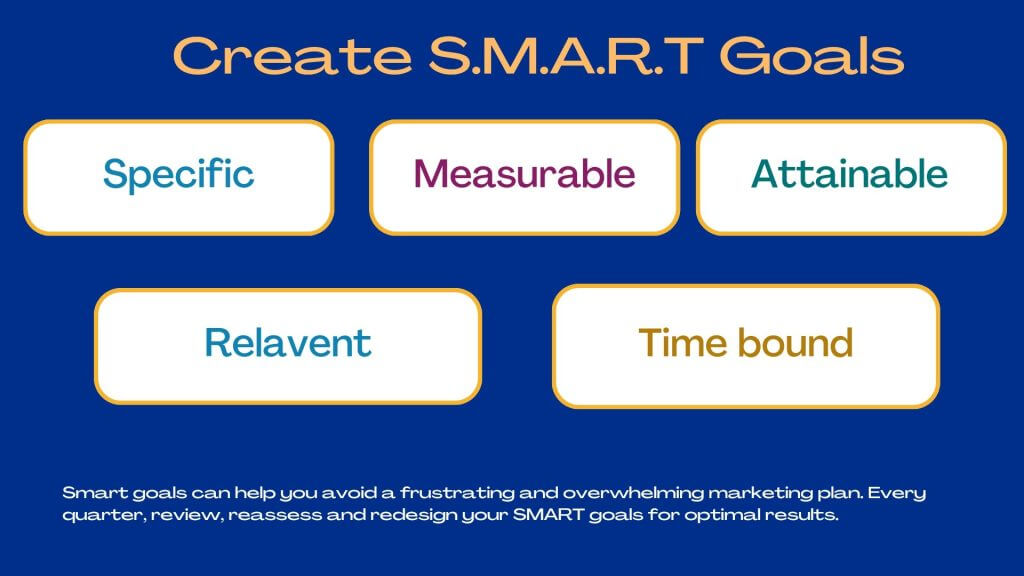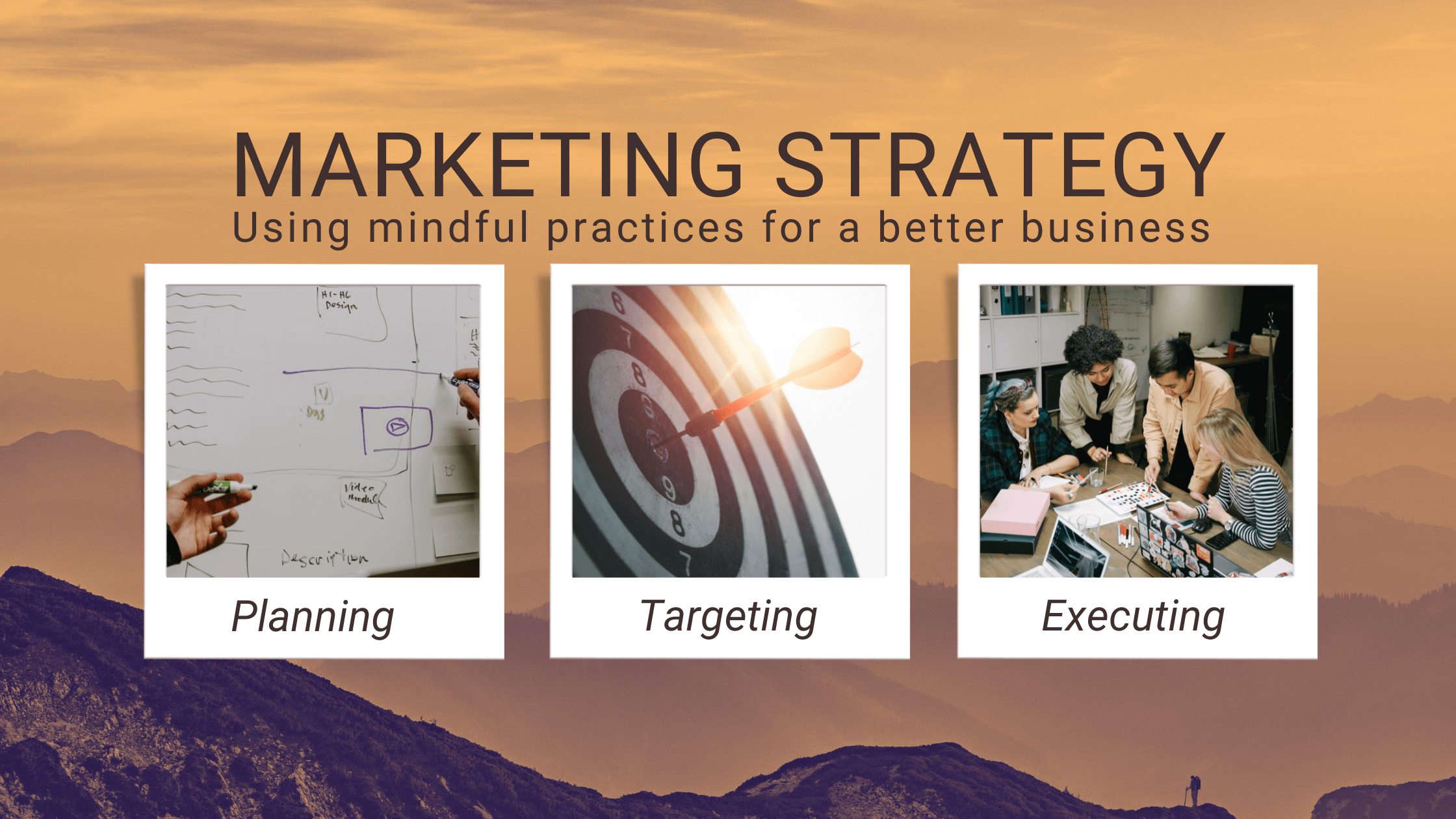Some links on this post may link to affiliate pages that offer compensation to the author of this post.
Thank you for clicking on my post. I hope this can bring you some value or at the least, bring you some happiness in your day 🙂. As a practicing agnostic Buddhist, I like to think and meditate on my circumstances and bring mindfulness to my work. As a digital designer and marketing Strategist, I also am helping dozens of small businesses with their marketing. I have found that there is an overlap between good modern marketing practices and healthy mindfulness. So in today’s article, I want to talk about a new marketing method: the Mindful Marketing Method, and how it can help your business to create a Powerful Marketing strategy.
Marketing Plan Task 1: Assess Your Existing Marketing Assets
No matter if you’re a super large corporation with millions of dollars in the marketing budget or a startup solopreneur looking to build your next startup, the way you begin to run your marketing campaigns starts with assessing your existing assets.
Everyone already has some marketing assets.
What are marketing assets? Well as a designer and marketing strategist, I believe that anything that you can turn into marketing material qualifies as a marketing asset.
Do you have an eye for design? Maybe you can design your own logo. Are you more technically inclined? Maybe you can start to understand the basics of search engine optimization.
If you don’t think you have any assets, check out the graphic below for some common assets most businesses already have.

No matter who you are, and no matter where you are coming from your experiences, technology, and built-in skills will help you build a bunch of materials that will help you start to learn how to market your business successfully.
How does mindfulness fit into this marketing method? By taking 15 minutes and thinking about how you can improve your marketing with the materials you already have on hand, you are already in the process of building a solid marketing strategy.
Marketing Plan Task 2: Review Your Marketing Needs and Set Mindful Goals
Marketing can be difficult to do well but the most important part of a solid marketing plan is making sure it fits your needs as a business.
With a solid business plan in place, you will already have an idea of what needs you have that you hope marketing will fulfill. But to make sure we don’t over-invest and underperform, you should first create a marketing goal.
Do you want more website visitors? More sales? More leads? Depending on your business and your existing assets, some of these goals will take longer and a higher degree of investment to see success.
In the mindful marketing method, instead of going straight to higher profit numbers (which is always the goal for most businesses that have never done marketing before), I encourage you to create a SMART goal.
At work, we use smart goals to help us determine our future success.
What is a S.M.A.R.T. marketing goal?
The Smart goal-setting strategy will help you create a mindful .marketing practice that is both sustainable and can grow with you and your business assets.
The three parts of a SMART goal are:
- Specific
- Measurable
- Attainable
- Relevant
- Time-bound.
Your first marketing goals should first be specific. Not just ‘i want more sales.’ of course you do. But that goal is so nonspecific you won’t know where to start. A better SMART goal is ‘I want to increase the number of leads that turn into sales. That goal is specific enough that you know where to start and where you can begin to make progress.

I won’t go through each of the smart goals since there are loads of great articles like this one from Asana. If you are interested, check it out and come back for the rest of the mindful marketing method.
Marketing Plan Task 3: Identify Your Target Audience
Most businesses have a vague or even general idea of who they are targeting in their business marketing strategy. But step 3 in the mindful marketing method is getting a deeper sense of what makes those customers tick.
Every business should have a buyer persona that they use to help them better understand their target demographic. If you don’t have one, you can download a template I put together as an example.
A good rule for every buyer persona document is to include information like:
- Age
- Gender
- Goals
- Job
- Interests
Just like in step 1, make sure you take your time. Good marketing is not rushed. It’s well thought out and required careful consideration at each step along the way.
I recommend taking about 15 minutes per marketing persona to really get the most out of your marketing template.
Marketing Plan Task 4: Begin Marketing Planning
Yes, a marketing plan is easier said than done. But once you have your buyer persona, you can start your marketing plan by asking these three important questions:
- Who is your target audience?
- Where are they looking for solutions to their problem?
- How can you get your solution in front of them?
This is the formula I use when I build a website for one of our clients. It’s easy, straightforward, and helps you establish ideas for what to do right now. Not pie in the sky ideas that can’t be executed without thousands of marketing dollars or extra help.
You should already have an idea of your target audience thanks to your buyer persona. Next, think about how they normally find solutions to their problems.
Do they use Facebook? Do they use a Google search? Do they shop on Amazon? Are they dependent on reviews?
If you answer those key questions, you will know where to run ads, how to write them, and how to measure their success.
Marketing Plan Task 5: Repeat!
Every so often, it’s important to come back to the beginning and reassess your existing marketing assets. You may realize one of your assets is no longer optimized, or one of your strategies needs to be rethought.
Don’t let the need for new material cramp your style!
Marketing is very hard. There are a lot of niches and expertises you will learn more and more about. That’s exactly what should happen!
In marketing, we learn, unlearn and relearn all the time. It’s a critical reason why small businesses struggle is the marketing push comes and goes with motivation. But if you can consistently come back to step 1 and be willing to learn, unlearn and relearn, nothing can stop you!
Bonus: Make Your Marketing Work For Your Users – Not Your Wallet.
This post has been mostly written in an uplifting manner but I also want to get a bit cynical for a second. Marketing is not only hard but it comes with a degree of profit incentivized mentality.
The most common misconception is that successful marketing = profits.
Ya Boi
Don’t believe me? Video marketing is taking off but there is a difference between videos that go viral and videos that are successful in marketing.
Successful marketing videos have calls to action, usually take the user off their platform and have a degree of profit motive.

But viral marketing does not care about making money. Viral marketing cares about creating content for the user.
In short, like I mentioned on Twitter, marketing is making some significant changes you need to be aware of before you go full boar.
So to be the best at marketing, you should also be the most empathetic, and conscious of your users. Finding that balance will help you achieve a degree of marketing you have never seen before.
Thanks for reading. If you enjoyed this content, please consider subscribing for my upcoming blog post on Ethical Marketing Manifesto.
Thanks for reading to the end of this post. If you find the information I provide to be helpful, please consider subscribing.
Disclaimer: None of the information presented on this site constitutes legal, business, tax, or medical advice. In each scenario, it’s recommended to first chat with a medical, legal, business, or tax professional before making any decisions.


